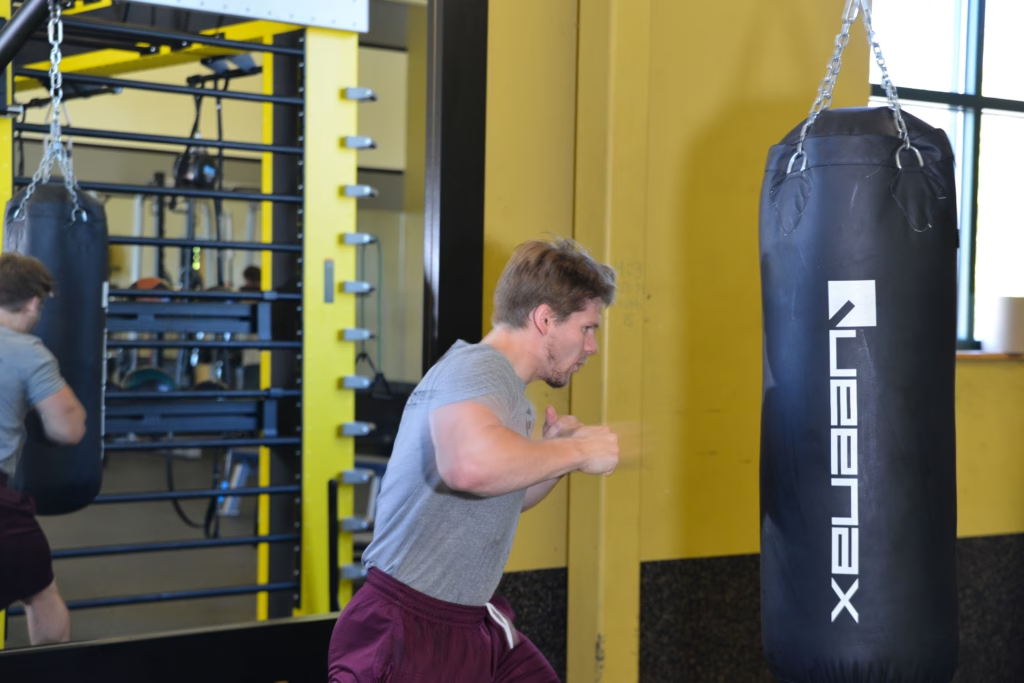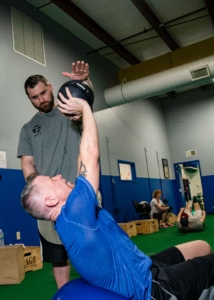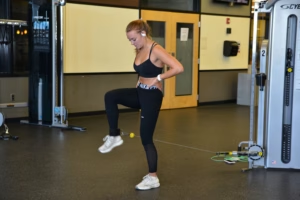For decades, fitness culture has divided athletes into two camps: the flexible yoga practitioners and the powerful strength athletes. This artificial separation has created a dangerous myth that you must choose between being strong or being mobile. Modern sports science reveals the opposite – the strongest athletes are often the most mobile, and the most flexible athletes develop impressive strength.
The relationship between mobility and strength isn’t competitive; it’s collaborative. When these qualities work together, they create athletic performance that exceeds what either can achieve alone.
The Science Behind the Connection
Muscles produce maximum force when they can move through their full range of motion. Research shows that strength gains occur primarily at the joint angles where you train, meaning limited mobility directly restricts strength development potential.
The length-tension relationship explains why flexible muscles are stronger muscles. When a muscle can lengthen fully, it creates optimal overlap between actin and myosin filaments, generating more force during contraction. Tight muscles operate at mechanical disadvantages that limit power output.
Joint stability requirements create another crucial link between mobility and strength. Mobile joints need strong stabilizing muscles to control movement safely, while strong muscles need mobile joints to express their power effectively.
How Mobility Enhances Strength
Training through full ranges of motion consistently produces greater strength gains than partial range movements. Deep squats build more leg strength than quarter squats, and full-range bench presses develop more pressing power than partial reps.
Improved movement patterns allow proper muscle recruitment during compound exercises. Limited ankle mobility forces knee compensation during squats, while tight thoracic spine creates shoulder stress during overhead pressing. Addressing mobility restrictions unlocks proper movement mechanics.
Better muscle activation occurs when muscles can move freely through their intended ranges. Tight hip flexors inhibit glute activation, while restricted shoulder mobility prevents proper lat engagement during pulling movements.
How Strength Supports Mobility
Active flexibility surpasses passive stretching for functional movement improvement. The ability to control your limbs through challenging ranges of motion creates usable mobility that transfers to athletic performance and daily activities.
Strength through full ranges of motion builds resilient flexibility that doesn’t disappear under load. Passive stretching might improve your seated forward fold, but eccentric strength training creates hamstring flexibility you can access during dynamic movements.
Joint stability becomes crucial as mobility increases. Flexible joints without adequate strength control become injury-prone, especially during sports or challenging activities. Strong stabilizing muscles create safe platforms for expressing mobility.
Integrating Both in Training
Dynamic warm-ups perfectly illustrate mobility-strength integration. Movements like leg swings and arm circles simultaneously prepare joints for movement while activating stabilizing muscles for the work ahead.
Incorporating a full range of motion into strength training kills two birds with one stone. Deep squats, full-range push-ups, and complete overhead reaches build strength while maintaining mobility without requiring separate stretching sessions.
Active recovery days provide ideal opportunities for mobility-focused strength work. Light resistance movements through challenging ranges maintain strength while improving flexibility and promoting recovery.
Develop Complete Athletic Performance
At Platinum Fitness, our trainers understand that true athletic development requires both mobility and strength working in harmony. We’ll assess your movement patterns, identify imbalances, and create integrated programs that develop both qualities simultaneously.
Through personal training, you’ll discover how mobile strength and strong flexibility transform your performance. Contact us today to develop a complete training approach that builds the mobile strength foundation for lifelong athletic success.



